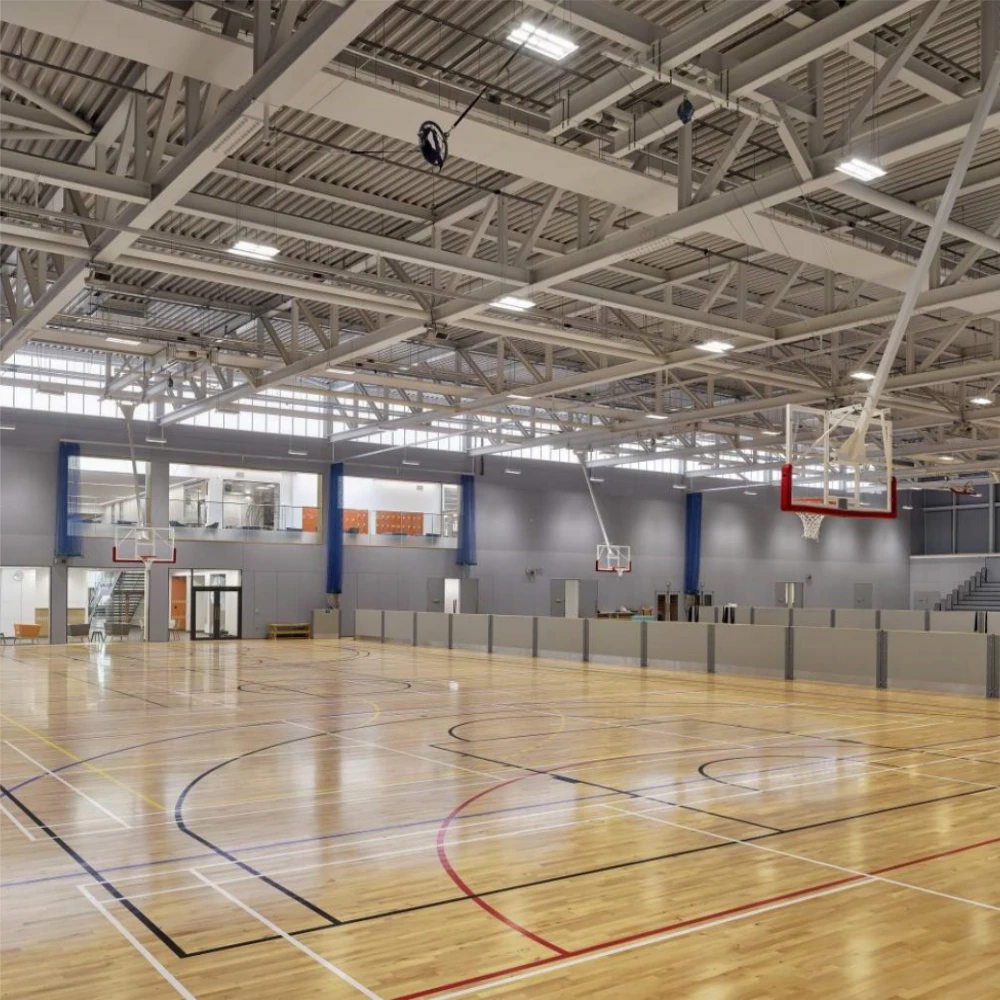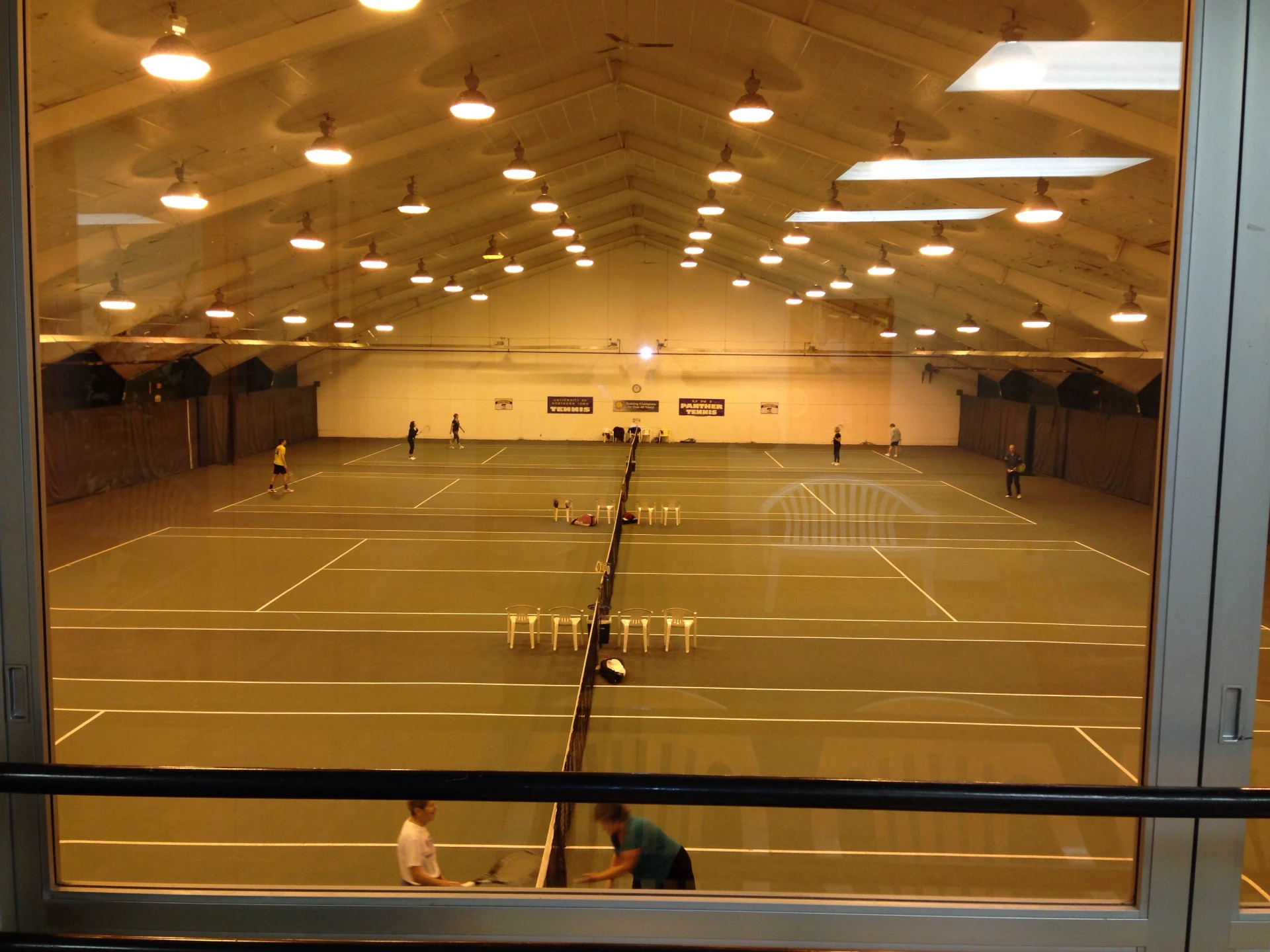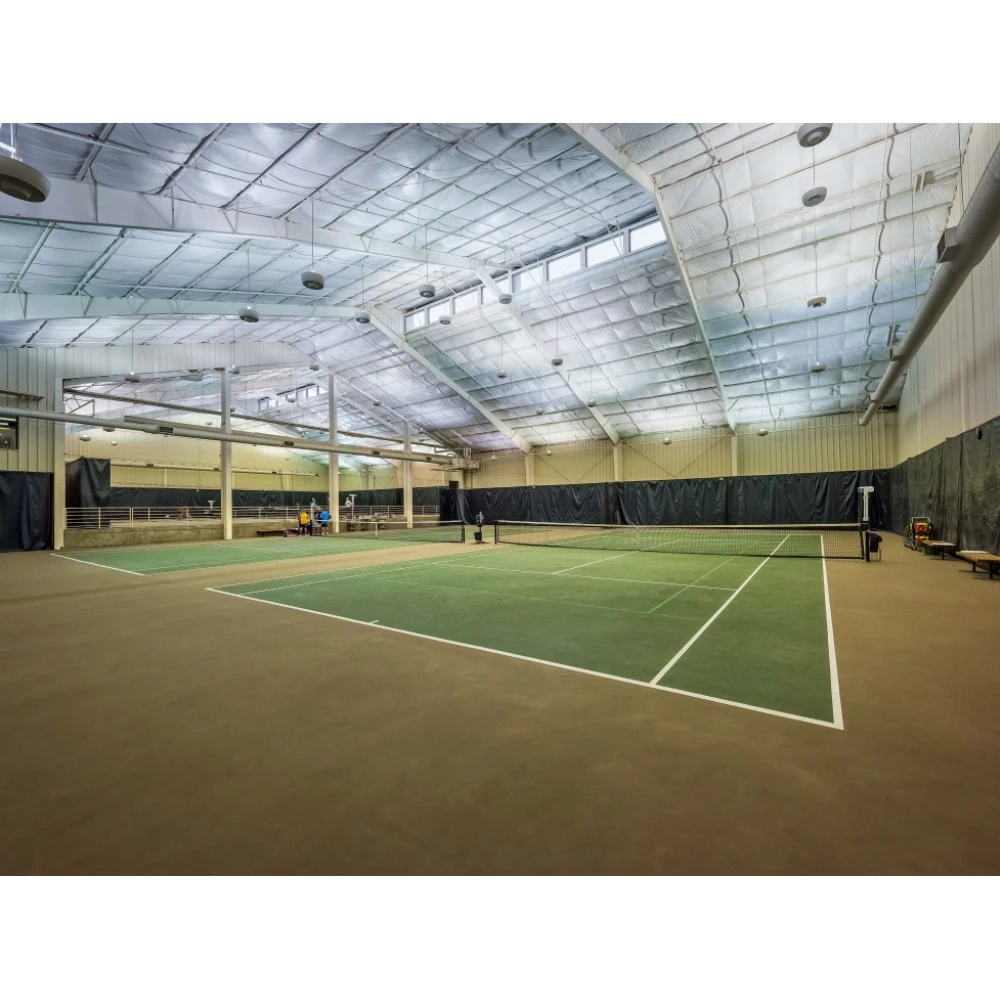- Afrikaans
- Albanian
- Amharic
- Arabic
- Armenian
- Azerbaijani
- Basque
- Belarusian
- Bengali
- Bosnian
- Bulgarian
- Catalan
- Cebuano
- Corsican
- Croatian
- Czech
- Danish
- Dutch
- English
- Esperanto
- Estonian
- Finnish
- French
- Frisian
- Galician
- Georgian
- German
- Greek
- Gujarati
- Haitian Creole
- hausa
- hawaiian
- Hebrew
- Hindi
- Miao
- Hungarian
- Icelandic
- igbo
- Indonesian
- irish
- Italian
- Japanese
- Javanese
- Kannada
- kazakh
- Khmer
- Rwandese
- Korean
- Kurdish
- Kyrgyz
- Lao
- Latin
- Latvian
- Lithuanian
- Luxembourgish
- Macedonian
- Malgashi
- Malay
- Malayalam
- Maltese
- Maori
- Marathi
- Mongolian
- Myanmar
- Nepali
- Norwegian
- Norwegian
- Occitan
- Pashto
- Persian
- Polish
- Portuguese
- Punjabi
- Romanian
- Russian
- Samoan
- Scottish Gaelic
- Serbian
- Sesotho
- Shona
- Sindhi
- Sinhala
- Slovak
- Slovenian
- Somali
- Spanish
- Sundanese
- Swahili
- Swedish
- Tagalog
- Tajik
- Tamil
- Tatar
- Telugu
- Thai
- Turkish
- Turkmen
- Ukrainian
- Urdu
- Uighur
- Uzbek
- Vietnamese
- Welsh
- Bantu
- Yiddish
- Yoruba
- Zulu
Desemba . 25, 2024 04:38 Back to list
Earthquake Resistant Design of Steel Structures
Earthquakes pose a significant threat to the integrity of buildings and infrastructure, causing loss of life and property. As urban areas continue to expand, the necessity for safe, resilient structures becomes ever more urgent. Steel structures, owing to their high strength-to-weight ratio, flexibility, and durability, are increasingly favored in seismic design. This article explores key principles and techniques involved in the earthquake-resistant design of steel structures.
The fundamental objective of earthquake-resistant design is to enhance the ability of a structure to withstand seismic forces while minimizing damage. This involves a thorough understanding of the behavior of steel under dynamic loads and the implementation of specific design strategies. The first principle is ductility. Unlike brittle materials, steel can absorb and dissipate energy during an earthquake without fracturing. Designers aim to develop structures that maintain their integrity and stability during seismic events, primarily by incorporating ductile connections that allow for controlled deformation.
One of the critical approaches in seismic design is the use of a moment-resisting frame (MRF). MRFs are structural frameworks that provide stiffness and strength to withstand lateral forces. In this system, beams and columns are designed to resist bending moments, allowing the structure to deform without collapsing. Steel moment frames are particularly effective as they can endure large displacements, making them suitable for high seismic zones.
Another vital design consideration is the incorporation of bracing systems, such as diagonal braces or shear walls. Bracing adds lateral stiffness, reducing sway and providing additional support during an earthquake. Common bracing configurations include X-bracing, K-bracing, and V-bracing, each offering unique advantages depending on the design requirements and architectural constraints. The selection and placement of braces play a significant role in optimizing a structure’s response to seismic forces.
earthquake resistant design of steel structures

Base isolation is another innovative technique that enhances the earthquake resistance of steel structures. This method involves decoupling the building from ground motion, typically through the use of elastomeric bearings or sliding isolation systems. By allowing the superstructure to move independently of ground motion, base isolation reduces the forces transmitted to the building, resulting in less damage and enhanced occupant safety.
Moreover, engineers must consider the effects of resonance, which can exacerbate the impact of seismic waves on structures. This phenomenon occurs when the natural frequency of a building aligns with the frequency of ground motion. To mitigate this risk, structural dampers may be integrated into the design. These devices absorb and dissipate energy, reducing vibrations and providing an additional layer of protection.
Furthermore, building codes and standards, such as the American Institute of Steel Construction (AISC) and the International Building Code (IBC), provide guidelines for the design of earthquake-resistant structures. Adhering to these standards ensures that structures meet minimum safety requirements and are capable of withstanding potential seismic events.
In conclusion, the earthquake-resistant design of steel structures encompasses a range of strategies aimed at enhancing their resilience to seismic forces. By focusing on ductility, moment-resisting frames, bracing systems, base isolation, and adherence to building codes, engineers can create safer, more durable structures. As advancements in technology and materials continue, the approaches to seismic design will evolve, improving our ability to protect lives and property in earthquake-prone regions. Ultimately, the goal is to build a future where structures not only withstand earthquakes but also ensure the safety and well-being of their occupants.
-
How Do Prefabricated Steel Structures Transform Modern Construction?
NewsJul.14,2025
-
How Do Prefabricated Metal Buildings Redefine Modern Construction?
NewsJul.14,2025
-
How Do Prefab Insulated Metal Buildings and Steel Structures Revolutionize Modern Construction?
NewsJul.14,2025
-
How Do Pre - Engineered Steel Structures Redefine Modern Construction?
NewsJul.14,2025
-
Advancing Modular Construction with Prefabricated Metal Structures
NewsJul.14,2025
-
Advancing Industrial Infrastructure with Prefabricated Steel Solutions
NewsJul.14,2025
Products categories
Our Latest News
We have a professional design team and an excellent production and construction team.












